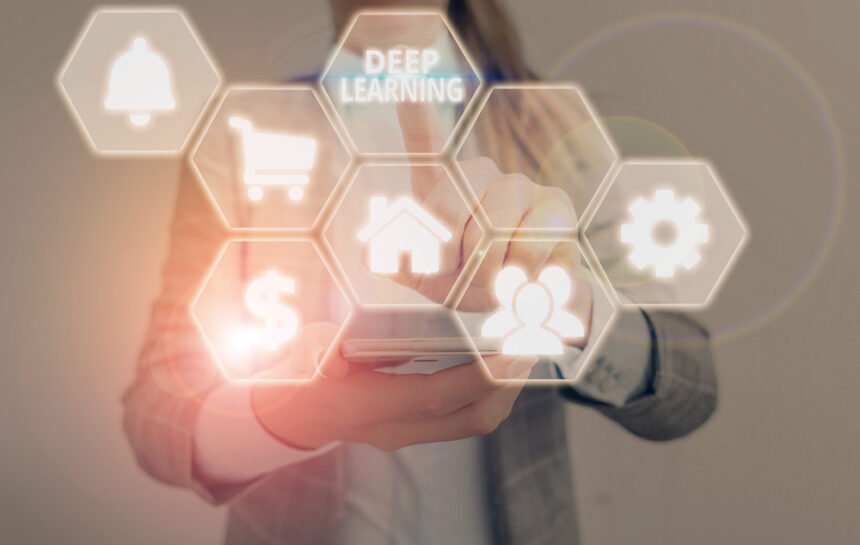Artificial intelligence is leading to some drastic changes in the field of photography. Many photographers are discovering the profound benefits of machine learning and other AI capabilities. The market for artificial intelligence in photography was worth $10.7 billion in 2019. It is expected to reach over $29 billion by 2024.
There have already been a lot of applications for machine learning with photos in marketing. Social media is a prime example. However, it is worth exploring the benefits of machine learning for photography itself.
Computational photography is the hottest new field in the creative profession
We previously talked about the benefits of machine learning in photo editing. But what about photography?
Computational photography is a term that relates to use of machine learning and other artificial intelligence technology in photography. The concept has been around for many years. Some experts argue that computational photography was born with the invention of digital cameras. The first digital cameras were developed by Kodak engineer Steve Sasson back in 1975. They had image enhancements, which relied on a rather primitive form of machine learning. This created a lot of new opportunities for people seeking photography jobs.
Of course, machine learning was in its infancy back in the 1970s. The biggest breakthroughs in machine learning have only emerged over the last five years, as new advances in Hadoop and other big data technology make artificial intelligence algorithms more practical.
Therefore, fields that rely on machine learning have started to really gain traction in the 2010s and early 2020s. Computational photography is a prime example.
Although the average photographer isn’t an expert in machine learning, they can take advantage of existing applications developed by seasoned data scientists for their benefit. Some of the biggest benefits of machine learning in the photography profession are listed below.
Using Google Photos to search photos even if they have not been tagged
Google Photos was first launched in 2015. This app had significant benefits for photographers. The Verge talks about some of these benefits in an article that they wrote last year:
“Google Photos provided a clear demonstration of how powerful a mix AI and photography would be when the app launched in 2015. Prior to then, the search giant had been using machine learning to categorize images in Google+ for years, but the launch of its Photos app included consumer-facing AI features that would have been unimaginable to most. Users’ disorganized libraries of thousands of untagged photos were transformed into searchable databases overnight.”
Many photographers had large collections of pictures that they had taken over the years. Most of them didn’t think to tag their pictures, which made it difficult to find what they were looking for. It could take hours to pour through all of their pictures if they were not tagged or categorized beforehand.
Google Photos used complex machine learning algorithms to solve this challenge. The new app was capable of searching through and countless pictures and coming up with unique tags. This made it a lot easier to search through disorganized photos.
Machine learning leads to countless opportunities with image tracking
Machine learning also is capable of tracking moving objects. This can open up a world of possibilities both before and after a photographer begins shooting.
Image tracking can be used to create complex alterations of moving subjects in GIFs and videos. A lot of memes might rely on this technology in the future. People could create unique facial changes for their subjects without having to change each frame individually.
However, the real benefits of image tracking will be for photographers taking pictures in the moment. They can monitor moving objects a lot more carefully. Machine learning software will give insightful recommendations on when to take the best picture to capture the subject.
Automatically changing contrast and brightness filters
Modern cameras have a number of filters that help improve the quality of a picture. They can use these filters to modify the level of brightness and other features to improve the quality of their photos.
Photographers need to be highly experienced to use these settings appropriately. Machine learning will help them reduce their learning curve. These new algorithms will be able to do more than just give recommendations on the best settings to use. They can also set them automatically.
Machine learning creates many opportunities for photographers
Photographers need to recognize all of the benefits that machine learning provides. These changes could create a lot of new opportunities that will help them perfect their craft in new ways. The examples above are just a start.

